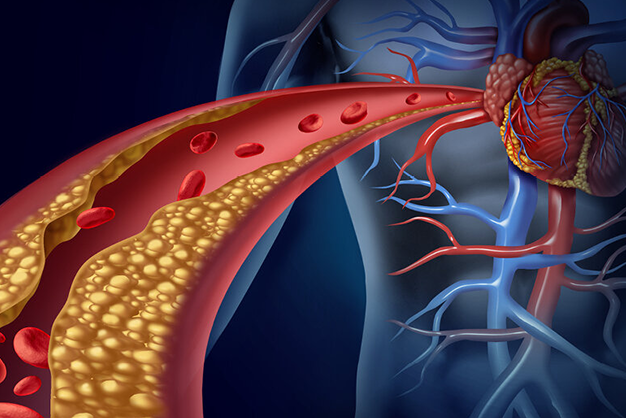
Caritas Heart Institute
Cardiovascular Exercise: A Key to a Healthy Heart
December 2023

Cholesterol has long been the subject of concern when it comes to heart health. We often hear about "good" and "bad" cholesterol, but what exactly is cholesterol, and what role does it play in the health of our hearts? In this article, we'll explore the essential role of cholesterol in heart health, understand the different types of cholesterol, and learn how to maintain a balance that supports a healthy cardiovascular system.
Cholesterol is a waxy, fat-like substance found in every cell of your body. It is essential for various functions, including the production of cell membranes, hormones, and vitamin D. Cholesterol is transported through your bloodstream in lipoproteins, which are small packages made up of fat (lipids) on the inside and proteins on the outside.
When discussing cholesterol, it's important to distinguish between the different types :
Excess LDL cholesterol in the bloodstream can lead to the accumulation of plaque on the arterial walls. Over time, this plaque can narrow and harden the arteries, a condition known as atherosclerosis. Atherosclerosis can reduce blood flow to the heart, increasing the risk of heart attacks and other cardiovascular problems.
In contrast, HDL cholesterol plays a protective role. It helps clear excess cholesterol from the arteries, reducing the risk of atherosclerosis.
Maintaining a balance between LDL and HDL cholesterol is essential for heart health. Here are some strategies to help you achieve this balance :
Cholesterol is a crucial component of our bodies, but its balance is essential for heart health. Understanding the roles of LDL and HDL cholesterol and taking steps to maintain a healthy balance can significantly reduce the risk of heart disease. By making heart-healthy lifestyle choices and working with your healthcare provider, you can help protect your heart and enjoy a long, healthy life. Remember, knowledge and proactive steps are your best allies in maintaining a healthy cardiovascular system.

Caritas Heart Institute
December 2023